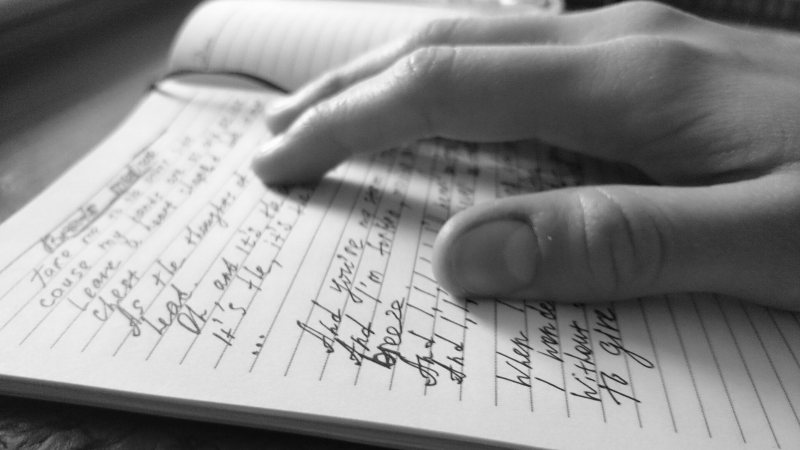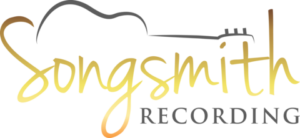
Sitting down to record is all fine and good. In fact, it is likely you have been waiting to do just that for along time. The only problem is your not ready. Your songs need an upgrade. Today we will discuss the sixteen-bar verse and how being aware of it will help you level up.
Studio Time
Maybe you have finally lined up some studio time with a producer. Or, Maybe you have invested in some recording equipment to go it alone. Whichever path you’ve chosen, you are ready to make your mark.
No sooner do you reach the moment of truth when the reality hits. Just like that all the things you never really thought about suddenly occur to you.
One is what will you even be singing in your song. Then, in order for your song to have any semblance of structure just how long should your verses be.
In order to get organized we first need to uniform our counting. We count time in music using a measurement called bars and beats. So to best ask the question we would say. How many bars are there in a verse?
Modern popular music is most commonly composed with the sixteen-bar verse. This is not a hard rule. It is an identifiable trait of music that is popular. So, the sixteen-bar verse is common.
Patterns And Associations
Our listener’s ears are trained from an early age to identify patterns and to make associations. That is the reason this is important to take into consideration. Having your songs presented in a way that conforms to the norms that people are accustomed can help you. When people hear a song that has a 16 bar verse it is familiar to them. That is true even if they are hearing the song for the first time. That is the advantage the writer gets for using the pattern. It means the artist’s content is familiar. And that means it can be more easily accepted by an ever-expanding audience.
Artist Prerogative
Because your music is easy for others to ingest it allows for greater odds of it being adopted. So while taking artistic liberties and pushing artistic boundaries is your prerogative, do so making informed and measured decisions. While 16-bars is common, it is not a rule. There are a number of other factors were 8, 16, or 24 bars could be considered. Some of those other factors may include the overall length of the song, or even the songs tempo.
You are certainly free to do what ever you want. If you are the very progressive and artistically driven without any need for income, experiment. But if you’re interested in earning a living then it maybe be best to hedge your efforts. By that I mean doing a little of both.
If you’ve hedged by 50/50, you’d have written half of your songs to indulge yourself. The other half of them would be to bait a conditioned and unknowing audience.
This approach might be the best, you’ll have to experiment to be sure. Whatever you do, be conscientious of it. Measure the results and be open to making adjustments.
If you want to make art for yourself that is great. And, if you want to sell music that people’s ears are accustomed to accept, that is great too.
Counting Bars
We know that the glorified target is the sixteen-bar verse. We still have the work of writing those bars. before we get to that, let’s refresh our basic counting.
- 1 – 2 – 3 – 4
- 2 – 2 – 3 – 4
- 3 – 2 – 3 – 4
- 4 – 2 – 3 – 4
- 5 – 2 – 3 – 4
- 6 – 2 – 3 – 4
- 7 – 2 – 3 – 4
- 8 – 2 – 3 – 4
- 9 – 2 – 3 – 4
- 10 – 2 – 3 – 4
- 11 – 2 – 3 – 4
- 12 – 2 – 3 – 4
- 13 – 2 – 3 – 4
- 14 – 2 – 3 – 4
- 15 – 2 – 3 – 4
- 16 – 2 – 3 – 4
If you read this list at a steady pace you will be counting music.
If you notice that the first number changes in an ascending increment while the following 2-3-4 are repeated after each. The first number denotes which bar you are on between 1-16. While the first number changes for the sake of counting time. It always represents Beat 1 of the bar. The first beat of a bar is called a downbeat. The subsequent 2-3-4 after each downbeat indicates the positional increments within any given bar.
Beat Structure
Here’s a breakdown of the typical beat structure in pop music:
- Beat 1: This is the strongest beat in the bar and is usually emphasized by the kick drum.
- Beat 2: This is a less emphasized beat, often filled in by other instruments like the hi-hat or bass guitar.
- Beat 3: This beat receives another strong emphasis, typically marked by the snare drum.
- Beat 4: This beat is often used for fills and transitions, but can also be emphasized with various instruments.
This simple rhythm can be manipulated and varied. Leaving you with countless ways to create different feels and grooves. Regardless, the basic principle of kick on beat 1 and snare on beat 3 will be consistent throughout.
Counting Songs
Your homework is to pull up some songs that are currently in popular. Count them out for your self. Counting songs is a great way to learn about song structure. The more you do it the more informed you will be. It is a great way introduce yourself with various production strategies. It is useful to know what strategies producers implement when organizing the structure of their songs. It’s a free education.
In addition to being aware of the structure strategies. Pay attention to how often you here 16 bar verses. When you stumble onto a song that counts an 8 or 24-bar verse, ask yourself; how did you like it?
In the future when you are writing something with an 8 or 24-bar verse, you’ll have perspective. You can use some of those examples to help justify your inspiration and better your composition.
Writing Lyrics for 16 Bars
Now that you have the insight into how to count the sixteen-bar verse and you have removed the veil of mystery. I am certain you’ll have quickly deconstructed a great many songs in short order. With that finished you need to start writing. But, what does putting pen to paper actually look like.
Here is a starting point. Grab a notebook. on the left hand side prepare a downward list of one through sixteen. Each line on the paper represents one of the 16 bars.
The next basic starting point would be to divide the 16 lines into 4 groups of four. Basic math says that each of those four groups should have 4 lines each. In most cases, lines 2 and 4 of each group should resolve with a word that rhymes. The vowel sound of the rhyme words can change between the groups. That means that one group needn’t rhyme with another.
With the first verses written you start your revisions and rewrites. If you have a DAW put your music on loop. Try the lyrics against that. So hit loop playback and get to that. Omit any words you can to better syncopate your cadence with the rhythm.
You may find a thesaurus useful for finding alternative words. Some thesaurus apps even offer different syllable counts. Some do both and offer rhyme suggestions. Here is an online thesaurus; Rhymezone
In Conclusion
We are only as good as our tools. In regards to writing songs a lot of those tools come grin learned knowledge or awareness. This is the case for bar counting the sixteen-bar verse. It is an instance of awareness and preference.
When going into the future continue to do your best in the collection of new information. Consider the advice and examples from those whom have already done what you are trying to. Consider the work that they have demonstratively created. That will always be the best type of teacher.
In relation to my own attempts to be of some small assistance to you, I certainly hope I have. And more importantly I hope you always find the next step you are looking for.
Now go and get to it!
Good luck.
